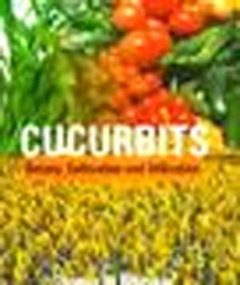Cucurbits: Botany, Cultivation and Utilization
In stock
The Cucurbitaceae are among the most important plant families that supply man with edible products and useful fibres. The cultivate species of this family are not nearly as significant in man's economy as the cereals or the legumes, but in the tropics, subtropics, and milder portions of the temperate zones of both hemispheres, they are crops of more than ordinary importance. For the people of these areas, the cultivated Cucurbitaceae have a place in their diet: as sources of carbohydrates when cooked (squash, pumpkin, marrow, chayota), as dessert or breakfast fruits (water-melon, musk-melon), as ingredients of salads (cucumber, gherkin) or as pickles (cucumber, gherkin). There are other minor uses: for example, the fruits of lagenaria siceraria (White-flowered gourd), before the advent of pottery, were indispensable to primitive people around the household; the rinds of some mature fruits were used for baskets, jugs, pots and cutlery; and the fibrous material of Luffa (dish-rag gourd) was used for scouring. This last material has also been used in certain oil filters, and for insulation, packing and other purposes of this nature. The Cucurbitaceae consist of about ninety genera and 750 species almost equally divided between the New and Old World Tropics.








There are no reviews yet.